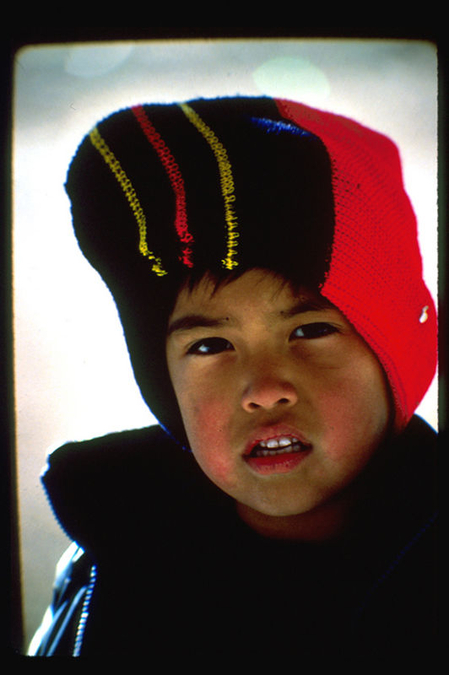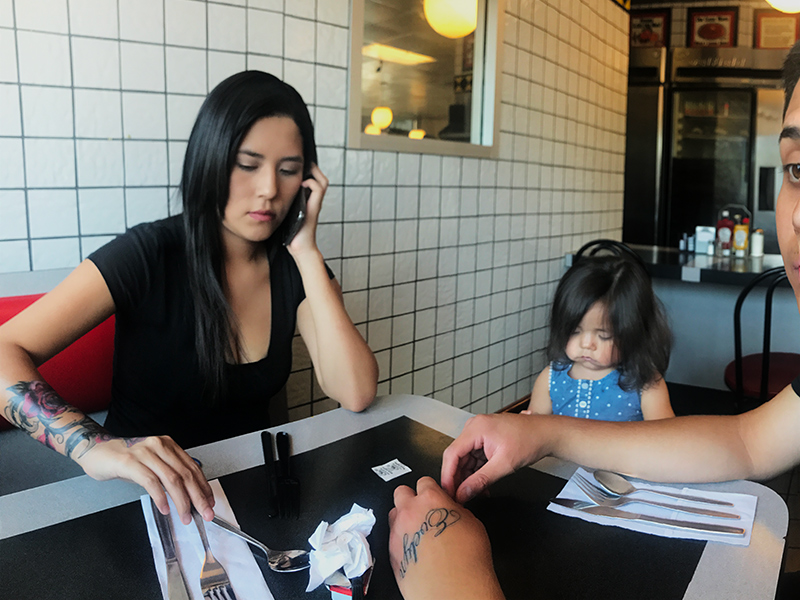Robert Lai
Well-known
Ok, I can forsee how this discussion could easily take a nasty turn. So, if the moderators find it to become offensive, please delete this thread entirely.
Earlier this year, I worked at a family practice clinic in my old hometown of Scarborough, Ontario in Canada. The area has changed in its population profile. A lot of immigrants from Pakistan, Afghanistan, Sudan, Somalia and other primarily Muslim countries now live in the area. I soon found out that they all refused to take the antibiotic amoxicillin. Or, any other medication that was encapsulated with gelatin. They feared that gelatin could be made from pigs, which is unclean to them. So, I had to change their prescription to an alternative. I don't recall any of the Hindu patients asking for a prescription change though.
So, does this extend to photography with film? Film is coated with gelatin. According to Wikipedia: "Gelatin is derived from pork skins, pork, and cattle bones, or split cattle hides.[5] ".
Granted, with film photography you are not eating the stuff. But, you are touching it.
If anyone of the Islamic, Jewish, or Hindu faiths can enlighten me, it would be appreciated. I am not trying to start a religious war. I just want to know what is permitted or not by your beliefs.
Earlier this year, I worked at a family practice clinic in my old hometown of Scarborough, Ontario in Canada. The area has changed in its population profile. A lot of immigrants from Pakistan, Afghanistan, Sudan, Somalia and other primarily Muslim countries now live in the area. I soon found out that they all refused to take the antibiotic amoxicillin. Or, any other medication that was encapsulated with gelatin. They feared that gelatin could be made from pigs, which is unclean to them. So, I had to change their prescription to an alternative. I don't recall any of the Hindu patients asking for a prescription change though.
So, does this extend to photography with film? Film is coated with gelatin. According to Wikipedia: "Gelatin is derived from pork skins, pork, and cattle bones, or split cattle hides.[5] ".
Granted, with film photography you are not eating the stuff. But, you are touching it.
If anyone of the Islamic, Jewish, or Hindu faiths can enlighten me, it would be appreciated. I am not trying to start a religious war. I just want to know what is permitted or not by your beliefs.



